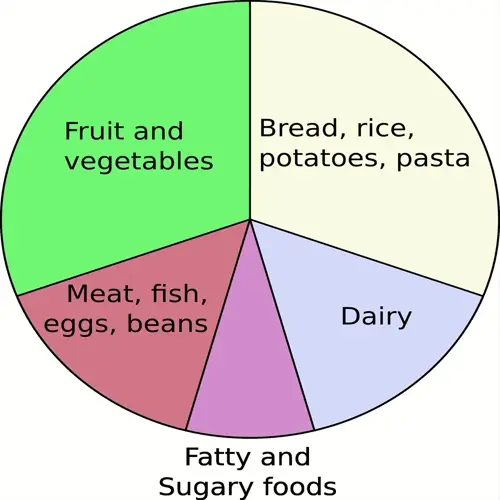How much exercise do adults actually need?

Written by
Chen Jialiang
Reviewed by
Prof. Benjamin Murphy, Ph.D.For optimal health, adults should do regular aerobic activity and strength training. The recommended amount is 150 minutes of moderate exercise or 75 minutes of vigorous activity a week, combined with two sessions a week of strength exercise using all the muscles in the body. This regimen promotes good cardiovascular fitness and helps preserve muscle strength.
Moderate aerobic activity will significantly increase your heart rate. A good example is walking briskly or cycling. You should be able to talk but not sing. In contrast, vigorous exercise, such as running, makes it difficult to speak. Choose whatever you are most comfortable with, considering your fitness level and personal taste.
Aerobic Training
- Improves cardiovascular endurance
- Burns calories efficiently
- Strengthens respiratory system
Strength Training
- Builds lean muscle mass
- Increases metabolic rate
- Strengthens bones and joints
Flexibility Work
- Enhances range of motion
- Reduces injury risk
- Improves posture alignment
Strength training exercises work all major muscle groups. Target major muscle groups with exercises for legs, back, chest, arms, and core. Use weights that provide resistance, allowing you to complete 8-12 repetitions with good form. Good weights to start with are 5-15 lbs. dumbbells or resistance bands. Increase the weights by 5-10% when exercises are easy.
Divide workout sessions into bite-sized parts. Take three ten-minute walks daily instead of one long workout. Use things around the house as resistance weights. Water bottles can perform as weights. Stretch out while watching TV. These techniques make it possible to accomplish your goals with the busy schedules we all have.
To measure intensity, employ simple methods. Check your pulse; you are working at a moderate level of activity if your pulse rate is between 100 and 140 beats per minute. Use the talk test mentioned above. Notice the increase in your respiration. These signs should help you stay within your effective training zones.
Adapt it to your current level of fitness. If you are a beginner, start with bodyweight exercises such as squats, push-ups, and wall push-ups. If you are an intermediate, you can add Readiness bands or light weights. If you are an experienced person, you can continue to increase your weights. Listen to your body, and adjust the pace of your exercise accordingly.
It's more important to be consistent than to be perfect. Start with what is feasible for you today. Count the number of minutes in a week that you record in a journal. Notice the improvement in energy levels in a few weeks. Physical effort will be less strenuous and more pleasant over the long haul. The health returns will mount up with each effort.
Read the full article: 10 Essential Healthy Lifestyle Choices to Transform Your Wellbeing

